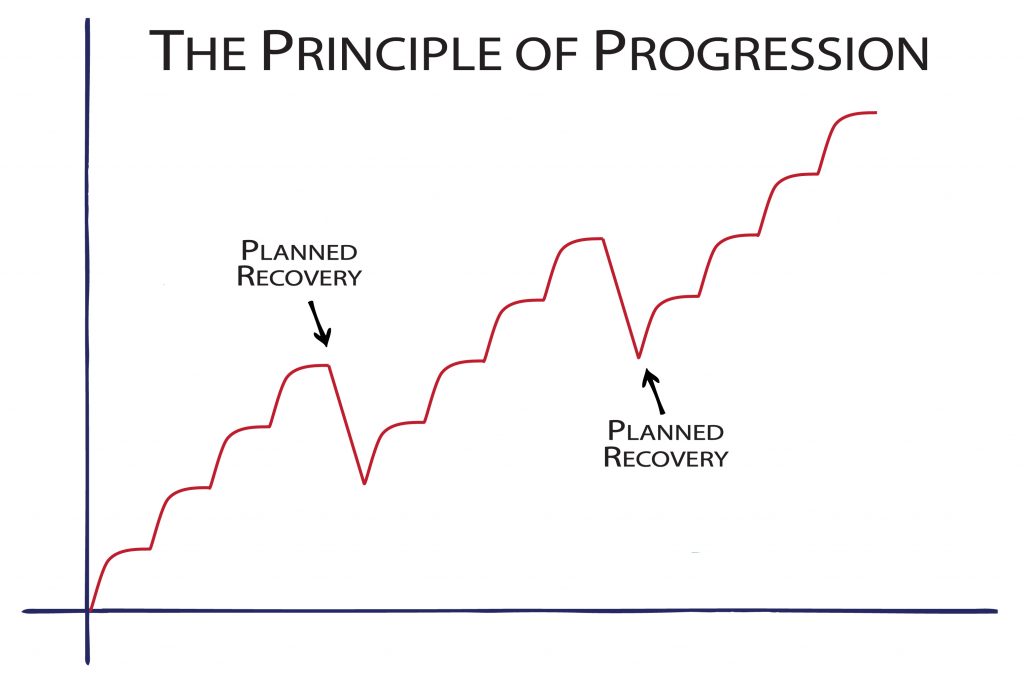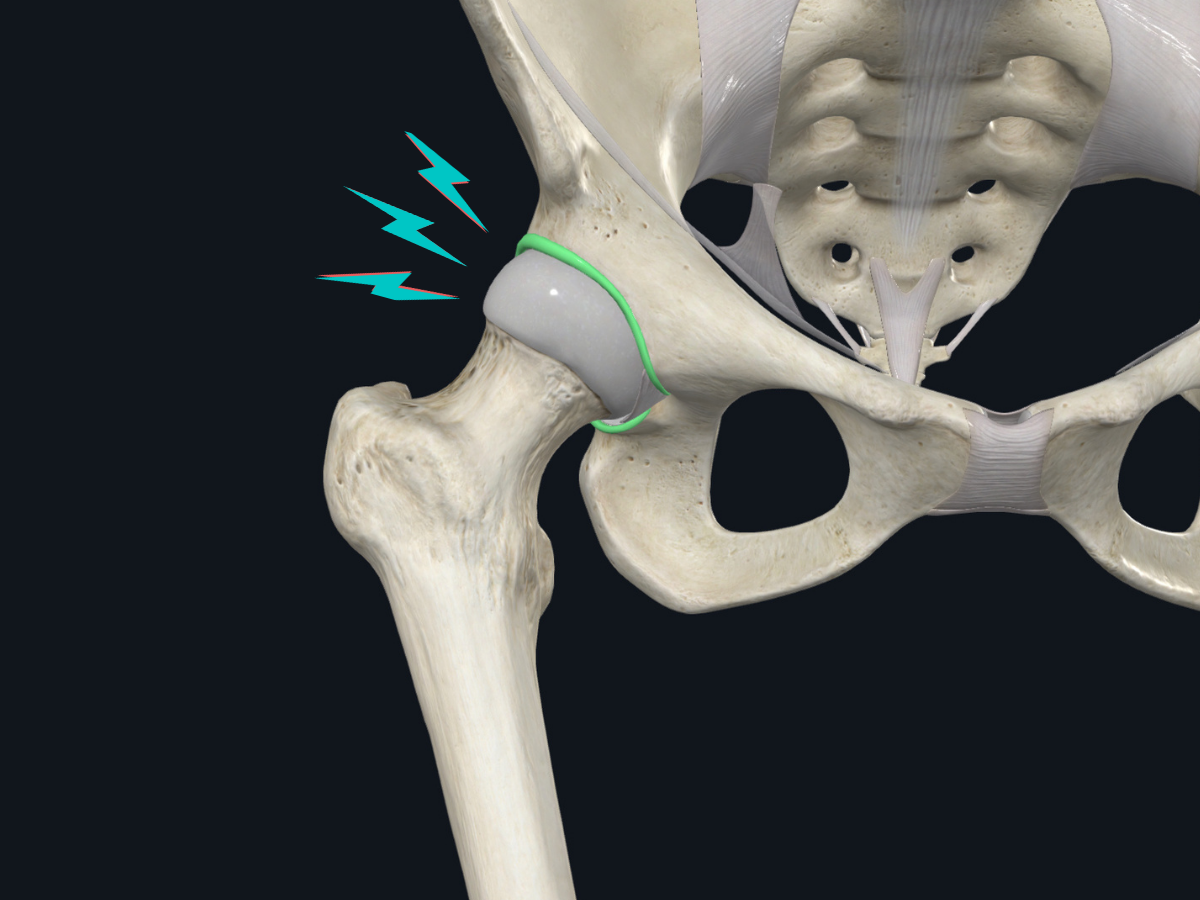
Heavy resistance training is an often overlooked part of a runner’s training. Despite its benefits, many runners are reluctant to include it in their training programs. Some runners believe it to be unnecessary for progress, others believe low-resistance, high-repetition workouts are sufficient, and some believe heavy resistance training will result in building bulky muscles that will cause them to run slower. However, there is over 30 years of supporting research on the positive effects of strength training on endurance performance, and as a result, many coaches now consider strength training to be a necessary part of a runner’s training rather than merely a cross-training option.
Strength training and running performance
The performance benefits of strength training for runners have been well documented in a number of systematic reviews1. Endurance training alone can lead to adaptations that support an increase in exercise capacity and performance. However, when strength training is added to endurance training, there are larger improvements in running economy (a measure of energy utilization while running), increased neuromuscular efficiency, increased muscle cross sectional area without increases in bodyweight, and increased proportions of energy coming from aerobic systems2. Most importantly, these benefits can be seen in anyone as studies have shown strength training to be effective at increasing short and long duration endurance capacity in untrained, well-trained, and even highly-trained top level endurance athletes3.
Running efficiency is not the only thing that can improve as a result of resistance training. One particular study in the Journal of Strength and Conditioning Research looked at effects of long-term (40 weeks) strength training in competitive distance runners. It found that not only did they have improved strength and running economy, but they also had significant improvements in speed at VO2max (the maximum amount of oxygen your body can utilize during exercise), with no significant changes in body composition compared to runners not performing regular strength training. This highlights that through strength training, runners improved their efficiency, speed, and strength all without bulking up4.
Strength training and injury risk reduction
Research estimates endurance athletes have an injury incidence between 11-85% or 2.5-38 injuries per 1000 hours of running5. In order to avoid injury, runners have two realistic options: stick to moderate training loads or gradually increase capacity. The best way to increase capacity is by a slow increase in running volume, allowing enough time for adaptation and/or by using resistance training.
Strength training not only allows us to have stronger muscles, but it also creates stronger bones, tendons, ligaments and joints that can help build more robust runners who are more resilient to the impact forces of running. This was backed by a study in 2014 that demonstrated that consistent strength training could reduce acute injuries by 33% and overuse injuries by almost 50% 6. While these results should be taken with a grain of salt, as this study was not specific to runners (it included a variety of athletes, army recruits and general population), it is very encouraging that injury reduction benefits were seen across sporting populations. So in short, we can say that strength training does reduce injury risk in runners but to what degree is still uncertain.
Where should I start?
The off-season or early weeks of a new training block are an ideal time to introduce a strength training routine. The optimal amount of exercise will vary person to person, but 2-3 strength training sessions per week for 6-14 weeks (the longer the better) has been found to be an effective starting point7. As running increases, for example in the lead up to a race, then 1-2 training sessions per week can be sufficient for maintaining strength. It is ideal to wait at least 3 hours after high intensity running before strength training and to allow at least 24 hours to recover from strength training before bouts of high intensity running.

In order to effectively train for strength the goal should be to lift heavy weight rather than light weights at high volumes. While lifting light weights may be useful for endurance, runners already have good endurance because they run, so in order to be the most effective with your time it is best to focus on strength and power. However, just like when you started running and needed to gradually build up your mileage, you also need to slowly build up your strength.
At first focus on the technique and getting comfortable with the exercises in your program. Start with 3 sets of 8-12 reps allowing for 30-60 seconds of rest time between sets. As the exercises become easier, you can look to increase the amount of resistance you are using, and weight should be increased every few weeks rather than every few sessions. As weights increase you should perform fewer reps and more sets and take longer rest between sets. It is recommended to work between 60-80% of your 1 repetition max (the heaviest weight you can lift for 1 repetition) for 3-6 sets of 5-10 reps.
Compound exercises that involve multiple joints and muscle groups, such as squats, deadlifts, and lunges, should be main focus of your training sessions. This will allow you to most efficiently train your whole body, as well as get used to moving your weight through multiple planes while increasing strength and body awareness, which can lead to increased mobility, balance and speed. Core and upper body training should not be neglected, as this can improve running posture as well as arm swing while running, which can result in reduced energy expenditure, improved balance, and greater movement efficiency.
Conclusions
Strength training allows us to improve the body’s capacity to endure higher training and competitive loads as well as improve several markers of running performance. With stronger muscles, connective tissues, joints and more resilience to fatigue, you can reduce your injury risk all while becoming a better runner.
References
- Alexander JLN, Barton CJ, Willy RW. Infographic. Running myth: strength training should be high repetition low load to improve running performance British Journal of Sports Medicine 2020;54:813-814.
- Hughes, David C et al. “Adaptations to Endurance and Strength Training.” Cold Spring Harbor perspectives in medicine vol. 8,6 a029769. 1 Jun. 2018, doi:10.1101/cshperspect.a029769
- Aagaard P, Raastad T. Strength training for endurance performance. Endurance training Science and Practice 2012 p51-59.
- Beattie, K, Carson, BP, Lyons, M, Rossiter, A, and Kenny, IC (2017). The effect of strength training on performance indicators in distance runners. J Strength Cond Res 31(1): 9–23.
- Buist I, Bredeweg SW, Bessem B, van Mechelen W, Lemmink KA, Diercks RL. Incidence and risk factors of running-related injuries during preparation for a 4-mile recreational running event. Br J Sports Med. 2010 Jun;44(8):598-604. doi: 10.1136/bjsm.2007.044677. Epub 2008 May 16. PMID: 18487252.
- Lauersen JB, Bertelsen DM, Andersen LB. The effectiveness of exercise interventions to prevent sports injuries: a systematic review and meta-analysis of randomised controlled trials. Br J Sports Med. 2014 Jun;48(11):871-7. doi: 10.1136/bjsports-2013-092538. Epub 2013 Oct 7. PMID: 24100287.
- Blagrove RC, Howatson G, Hayes PR. Effects of Strength Training on the Physiological Determinants of Middle- and Long-Distance Running Performance: A Systematic Review. Sports Med. 2018 May;48(5):1117-1149. doi: 10.1007/s40279-017-0835-7. PMID: 29249083; PMCID: PMC5889786.




.png)
